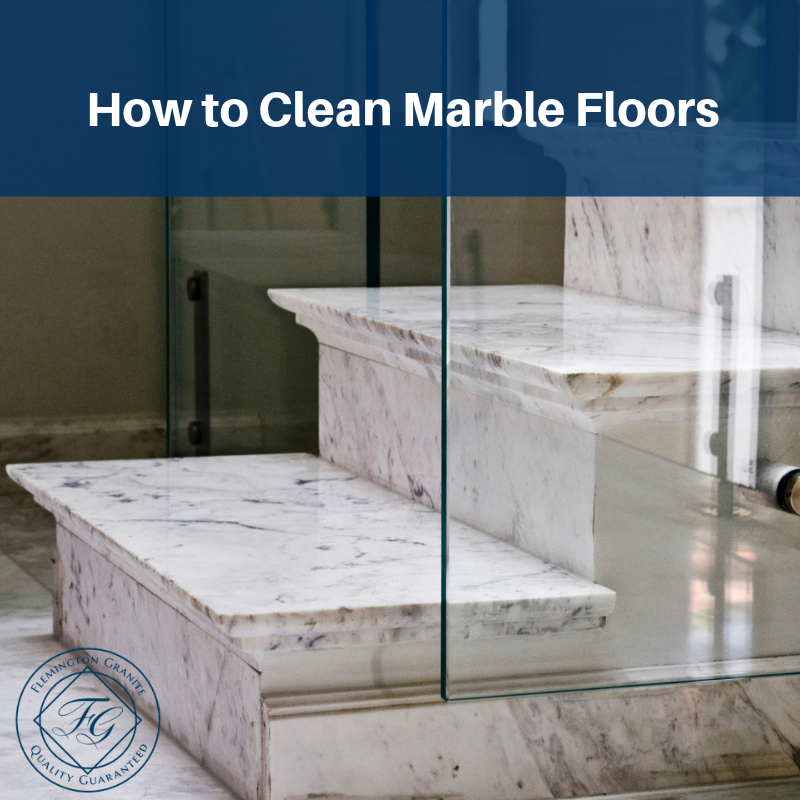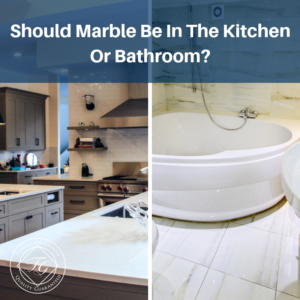
As beautiful and elegant as a marble floor is, it’s easy as a homeowner to be very intimidated by such expensive materials. After all, if you damage linoleum, tile, carpet, or hardwood, while it does incur some cost, it’s not that severe, and the repairs generally localized to the place where it was damaged. With something like marble, granite, or travertine, there’d be a whole lot of remediation involved in many cases, and even if not, the cost would be dire.
This makes most people very nervous about cleaning their marble. Cleaning products have so many various potent chemicals in them, the nature of which escape people whom have had only high school chemistry. Who knows what these things might do to marble?
Well, it’s time to put these fears to rest, once and for all. In all reality, cleaning a marble floor is very easy to do, and we’re going to take a look at it today. You’ll be surprised how easy this is.
Understanding Damage
Marble can scratch, which is what leads a lot of popular stone sites out there to warn against vacuums, though the truth is, unless it’s a several-hundred-pound device with really chewed up wheels, it’s not going to scuff or scratch your marble. Scratches tend to occur from heavy furniture dragging across it, or cleated shoes, or other heavy, abrasive things assaulting the surface.
However, there are other forms of damage that can be a little easier to cause, such as stains and etches. Stains are the result of the porous stone absorbing substances such as liquids. Makeup, lotion, some foodstuffs and drinks can cause stains in marble, though in general, it takes a decent amount of time. Cleaning these up quickly usually means the marble’s going to be fine. Stains tend to take the form of dark discolorations.
Etches are caused by corrosive chemicals eating away at the surface of the marble. These look more like what you’d expect a stain to be, a blotchy loss of the glossy uniform surface. Acidic compounds can cause this, such as some vinegars, citrus, caustic cleaning supplies, and the like.
Obviously, then, you don’t want to use astringent cleaners, or abrasive ones (such as Ajax or Comet) on floors like this!
Recovering from Damage
So, if you’ve had some of this damage happen, or fear that something you’re going to try may, albeit unlikely, cause this, let’s take a moment to talk about how to deal with them. Stains are actually not permanent, and the invasive substances can be drawn out by poultices which can be purchased from hardware stores.
Etches are a bit more complex, unfortunately, and will require a professional marble restoration company to handle.
How to Mop your Marble
So, now we come down to it – you can mop your marble, and you in fact should, as it will remove the layers of dust and dirt that can weaken the polished surface. You simply need to avoid highly-acidic or potent cleaning products. Simple multi-purpose soaps with a low pH level, or simple warm water should suffice.
For additional care of marble floors where calcium or lime deposits are a problem (which tend to need stronger cleaners to remover), softening the water can combat this.
Changing your mop water as soon as it discolors, and using a low-microfiber mop, as well as an astringent/acid-free detergent will clean a marble floor just fine. Don’t be afraid of water – it will not stain marble.
To learn more reasons why you shouldn’t be so afraid of your marble countertops and floors, fill out our contact form today!






